Sambar is a wholesome, vegetarian stew from South India. I am sharing an easy and tasty vegetable sambar recipe for idli, dosa, or vada.
About Sambar
Sambar is the flag bearer of South Indan Cuisine. A sweet, spicy, sour stew of lentils, vegetables, and spices.
While living in South India, I discovered one secret about sambar; every family has its special sambar recipe passed on from generation to generation. Also, when it comes to sambar, the possibilities are endless. There is a radish sambar, drumstick sambar, Tamil style sweet spicy sambar, Udipi style sambar, Karanataka style slightly sweet sambar or Kerala style coconut sambar and so on.
Vegetable Sambar is a fridge forage kind of stew where you can put lentils and all the vegetables in the fridge.
What I LOVE about sambar is:
- healthy
- fulfilling
- gluten-free
- rich in fibre
- easy to customize
- protein-packed
- meal prep friendly
- …….comforting!
Ingredients Required
Dal: Usually, split pigeon pea (toor or arhar dal) is used for making sambar. You can also make it with split red lentils (masoor dal).
Vegetables: Onion and tomato are the two essentials for making vegetable sambar. You can also add bottle gourd, ridge gourd, squash, pumpkin, carrot, radish and eggplant.
Onion: Traditionally, a sambar is made only with shallots or, as we call them, sambar onion. The tiny, round onion. They have a slightly sweeter taste. Substitute them with chopped red onion.
Drumsticks: It is an essential ingredient for making sambar. Drumsticks are the fruits of the moringa tree, also known as Sahjan Ki Fali in Hindi. It is a plant-based vegan ingredient and has nothing to do with chicken drumsticks. You can get them fresh or frozen at Indian grocery stores.
Sambar Powder: It is a spice blend used for flavouring the stew. It is best to use good quality sambar masala for the perfect taste and colour. Either use a readymade masala or follow my homemade sambar masala powder recipe.
Tamarind: The sourness in the vegetable sambar comes from the tamarind paste. I use the readymade tamarind paste of Mother’s Recipe. You can use homemade tamarind paste also.
Jaggery: I add a tablespoon of jaggery to my sambar. It helps in balancing the sourness and spiciness of the stew. You can substitute it with dark brown sugar.
Oil: You can cook sambar with ghee, vegetable oil, coconut oil, or Gingelly oil (local sesame oil). I use ghee for tempering (tadka) as it makes vegetable sambar extra delicious and aromatic.
Other Ingredients: Salt, Red Chilli Powder, Turmeric Powder, Garlic, Dried Red Chillies, Mustard Seeds (rai), Curry Leaves, Asafoetida
What Vegetables I Can Add To Sambar?
A vegetable sambar is made with a variety of local and seasonal vegetables. You can choose a combination of vegetables as per your taste and preference.
- Carrot
- Spinach
- Eggplant
- Potato
- Tomatoes
- Drumsticks
- Snake Gourd
- Bottle Gourd
- White Radish
- Yellow Pumpkin
- French Beans
How To Make
This is a pressure cooker method to make vegetable sambar. You can get the instant pot method to make vegetable sambar in my debut cookbook The 100 Best Curries.
Step 1) Clean, wash and soak dal in water for 15 minutes. At the same time, the dal is soaked; clean and chop the vegetables (bottle gourd, carrot, pumpkin, drumstick) for the sambar.
Step 2) Transfer dal to a pressure cooker with chopped vegetables, tomato, turmeric powder, red chilli powder, garlic, salt and water. Stir to mix. Pressure Cook for 3 whistles over medium heat. The dal should become soft and mushy.
Step 3) Heat ghee in a kadhai. Once hot, add mustard seeds, red chillies, asafoetida, and curry leaves. Saute for 30 to 40 seconds or till seeds start spluttering.
Step 4) Add onion (shallots) and drumsticks. Fry till onions are translucent and drumsticks are tender. Add boiled sambar over the tadka (be cautious as there will be sizzling). Stir to combine.
Step 5) Add tamarind paste, jaggery, and sambar powder. Allow the vegetable sambar to simmer over low heat for 15 minutes. Keep stirring at regular intervals. You can taste and add more seasoning or spices to your sambar at this stage.
Serve vegetable sambar warm.
Serving Suggestion
Sambar is a main course dish. In South India, for breakfast, it is served with idli, dosa, or medu vada and coconut chutney on the side. Idli Sambar or Vada Sambar are among the most popular South Indian breakfast combinations.
For lunch, you can serve it with plain rice. Sambar Rice is a delicious and comforting meal.
Whether it is a plate of piping hot idli, crispy dosa, or a typical South Indian meal, it’s incomplete without a bowl of vegetable sambar.
More South Indian Recipes
Subscribe to our weekly newsletter or follow us on Youtube for video recipes.
If you try this recipe and love it, please leave a comment and a rating. This helps us grow and reach other food lovers like you.
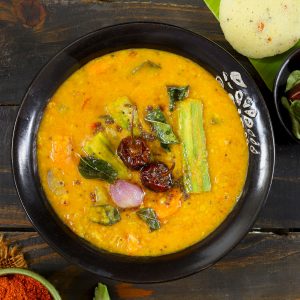
Vegetable Sambar Recipe
- Heavy Bottom Kadhai
Ingredients
- 1 Cup split pigeon peas (toor dal)
- 4 garlic cloves
- ½ Cup chopped tomato
- ¼ Cup carrot, peeled and diced
- ⅓ Cup bottle gourd, peeled and diced
- ¼ Cup yellow pumpkin, peeled and cut into cubes
- 1 drumstick, peeled and cut into one inch pieces
- 1 tablespoon tamarind paste
- 1 tablespoon jaggery powder
- 2 teaspoon salt or to taste
- 2 teaspoon turmeric powder
- 1 teaspoon red chili powder
- 1 tablespoon Sambar Powder ( see recipe )
- 3 Cup water
Ingredients for tempering
- 4 tablespoon ghee (clarified butter)
- 1 teaspoon mustard seeds (rai)
- ¼ teaspoon asafoetida (hing)
- ½ Cup shallots or chopped onion
- 6 curry leaves
- 4 dried red chillies
Instructions
- To prepare vegetable sambar, clean, wash and soak dal in water for 15 minutes. While the dal is soaked, clean and chop the vegetables (bottle gourd, tomato, carrot, drumstick).
- Transfer dal to a pressure cooker with the chopped carrot, pumpkin, bottle gourd, tomato, turmeric powder, red chilli powder, garlic, salt and water. Stir to mix. Pressure Cook for 3 whistles over medium heat. The dal should become soft and mushy.
- Turn off the heat and release the steam manually from the pressure cooker.
- Heat ghee in a kadhai. Once hot, add mustard seeds, red chillies, asafoetida, and curry leaves. Saute for 30 to 40 seconds or till seeds start spluttering.
- Add onion (shallots) and drumsticks. Fry till onions are translucent and drumsticks are tender. Add boiled sambar over the tadka (be cautious as there will be sizzling). Stir to combine.
- Add tamarind paste, jaggery, and sambar powder. Allow the vegetable sambar to simmer over low heat for 15 minutes. Keep stirring at regular intervals. At this stage, you can taste and add more seasoning or spices to your sambar.
- Serve Vegetable Sambar warm with idli, dosa or rice.
Recipe Notes:
- There could be infinite combinations of vegetables in vegetable Sambar. But I always prefer using easy-to-cook vegetables that do not have an overpowering taste like bitter gourd.
- If you do not like overcooked vegetables in sambar, fry them with onion and drumsticks, cover and cook before adding the boiled dal.
- Adjust the consistency of the sambar by adding more water.
- While simmering, the sambar keeps on stirring at regular intervals. This process of simmering and stirring gives sambar a great depth of flavour.
- If you want to make vegan sambar, skip using ghee for tempering. Use coconut oil or sesame oil.

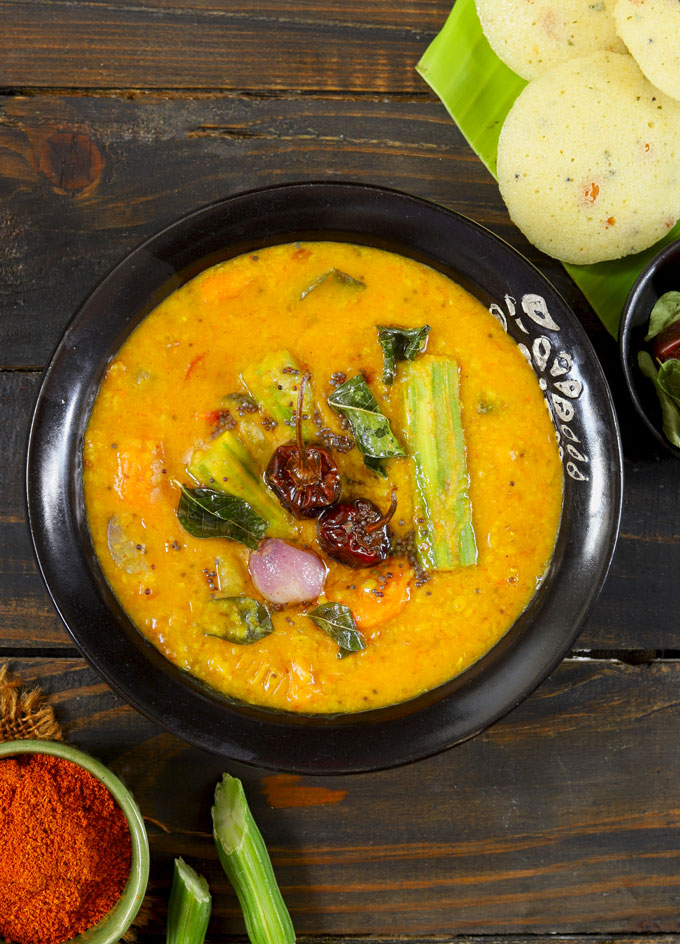
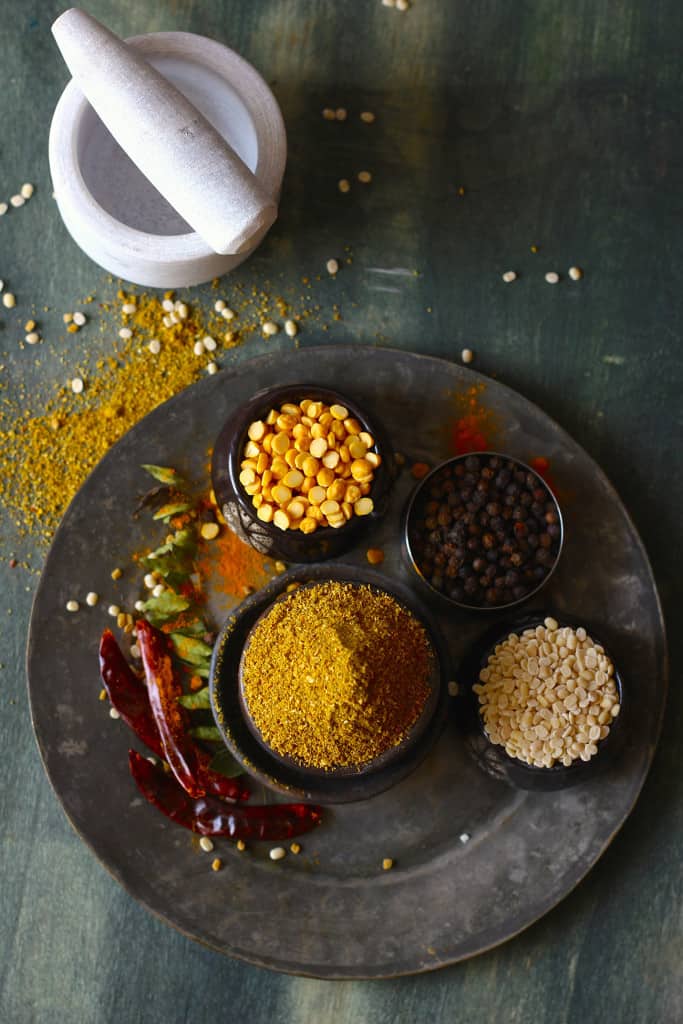
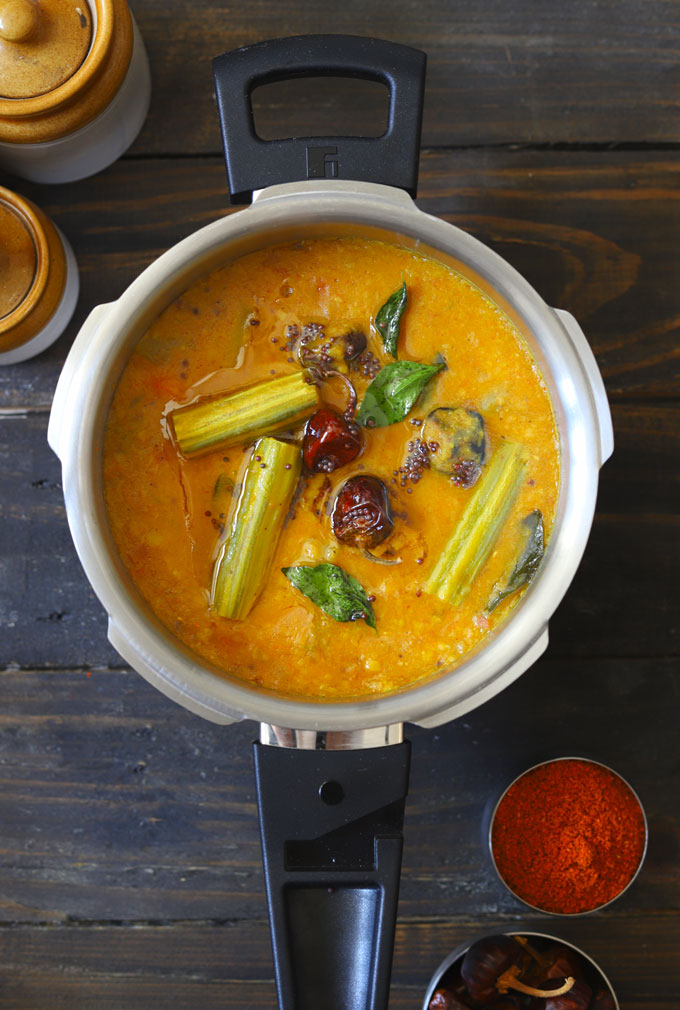
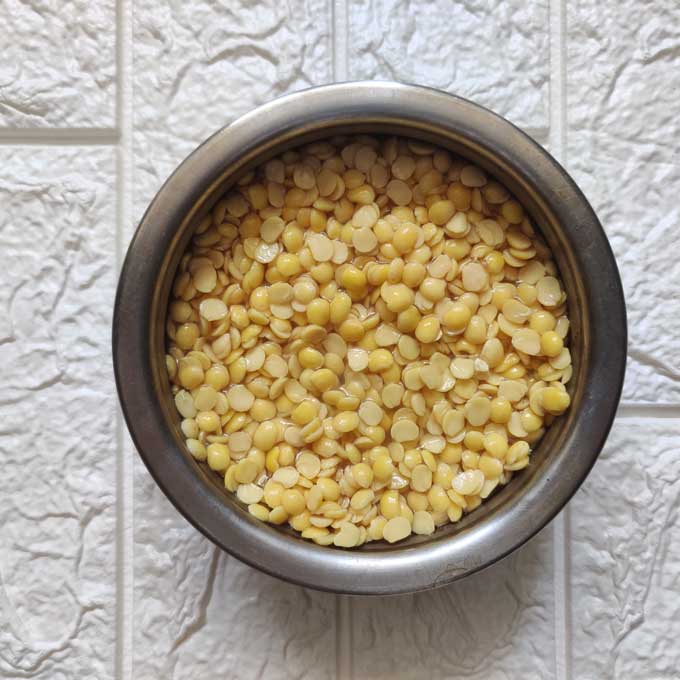
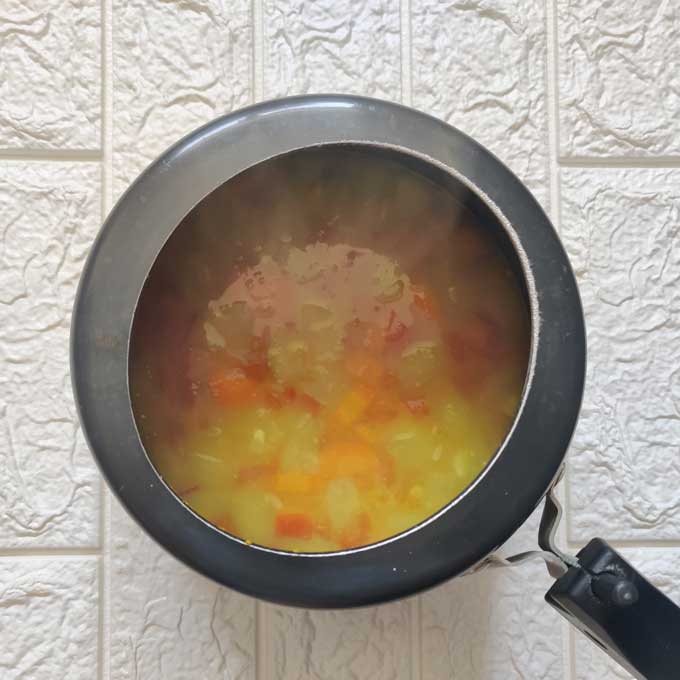
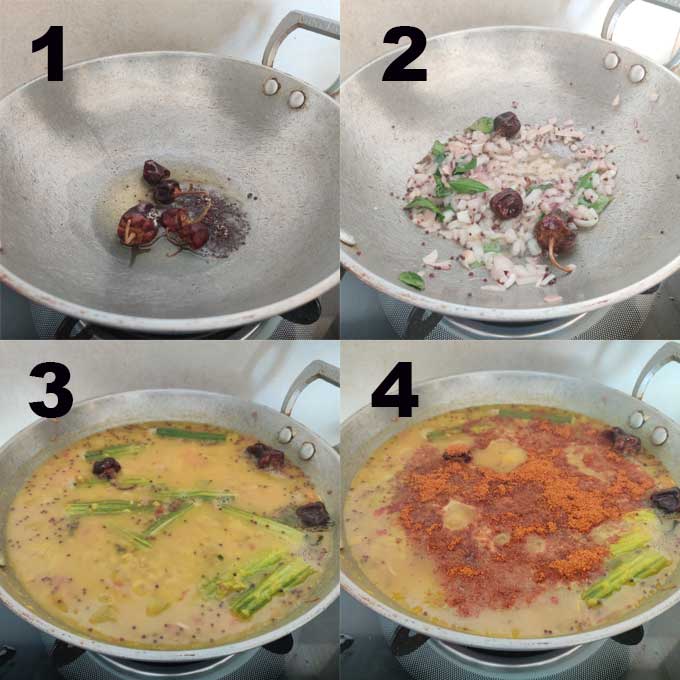
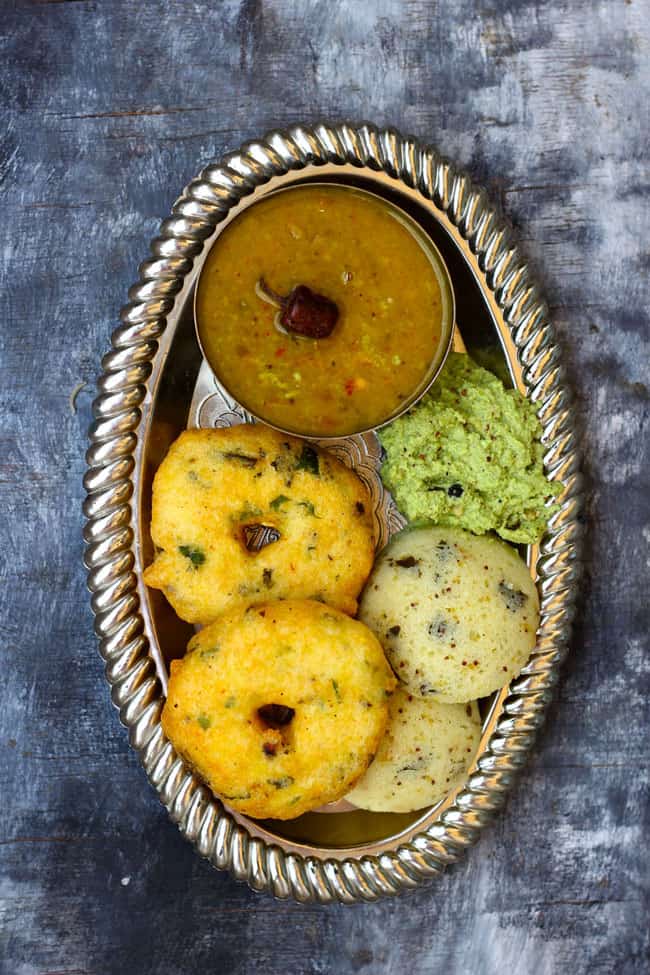
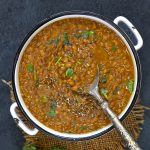
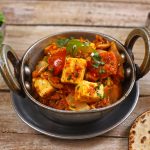
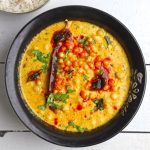
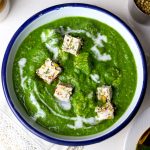
Shiju Sugunan says
Awesome pictures as usual. Sambaar(we pronounce it this way) is almost a daily curry in my home.
sankalp says
I especially appreciate the your emphasis on the importance of using fresh, high-quality ingredients. in this blog you also provides a helpful list of vegetables that can be added to sambar, which is a great way to reduce food waste and create a customized dish. and its easy to make home as a beginner .you make in your home delicious sambar and joy the taste.